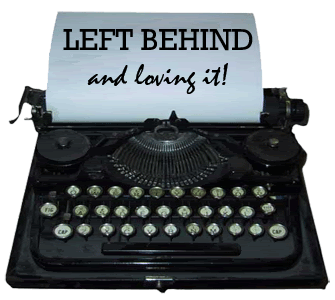
The sound of words, especially words in relation to one another, can convey meaning. Short, sharp words, for example can indicate anger, frustration, or fear. It's no accident that most swear words in English are just those kind of words. Think of any of our good old 'four letter words.' They start and end with consonants, usually fricatives.
English is a language of multiple influences. Two main ones are Germanic and Latinate. Germanic words are often short and direct, while Latinate words are polysyllabic and create a more formal feel. Contrast 'house' (Germanic) with 'domicile' (Latinate). For more examples, this article is a nice reference.
In writing, it's all about using word choice and word effect to convey emotion. Is there a difference in emotion between these two sentences?
She jabbed the key in the lock and flung the door wide.
She slipped the key in the lock and eased the door open.
Part of that difference is in the sound. The "sl" of slipped is softer than the "j" of jabbed. Flung/door/wide has a staccato rhythm. Eased/door/open is more focused on vowels, softer.
Sound is used to good effect in poetry.
Let's re-examine this Shakespearian sonnet:
Let me not to the marriage of true minds
Admit impediments. Love is not love
Which alters when it alteration finds,
Or bends with the remover to remove:
O no! it is an ever-fixed mark
That looks on tempests and is never shaken;
It is the star to every wandering bark,
Whose worth's unknown, although his height be taken.
Love's not Time's fool, though rosy lips and cheeks
Within his bending sickle's compass come:
Love alters not with his brief hours and weeks,
But bears it out even to the edge of doom.
If this be error and upon me proved,
I never writ, nor no man ever loved.
In alternating bold and italics, I've highlighted some areas where sound helps the flow and feel of the piece.
In poetry, there are three major 'sound effects': assonance, consonance, and alliteration.
Alliteration is a sound technique most people are familiar with. Peter Piper Picked a Peck of Pickled Peppers. The repeated 'p' sounds in the beginning of each word is alliteration.
Consonance is another technique that uses repeated consonant sounds, but not limited to the beginning of words. In the sonnet above, 'minds admit impediments' is an example of consonance. There are repeated 'm' sounds in each word, but in different places in the words. The effect makes your ear take notice and places emphasis on the run of words.
Assonance is a similar concept, but with vowel sounds. Star/wandering/bark uses assonance with the repeated 'ah' sounds.
The danger in prose, of course, is to overuse these sound effects and give a forced tongue twister feel to the narrative. Like spices in food, a little goes a long way, but also can 'season' the pot in memorable and delicious ways.
Look for places where the sound of the words in your WIP evoke an emotion or place emphasis. Feel free to share that section here.
All commenters will be eligible for a private critique of a poem or page, even if all you wish to do is throw your hat into the ring. An example of how that critique will look is tomorrow's workshop in which we put all the techniques together.
I tried to describe music with this piece, using some consonance:
ReplyDeleteOlivia’s sweet voice sailed over the others, not with a melody, but with a sweet, pure note that wavered at the beginning and steadied. They went through three or four minutes of chords, changing the relationships between the voices and moving through sad tones, bright tones and ending with a steady, calm chord that resolved it all.
This is taking me back to high school, oh why didn't I listen to Mrs Illich instead of daydreaming about Scott???? I would know a noun from a pronoun, etc etc... but thank you for putting this up, I'm really enjoying it.
ReplyDelete